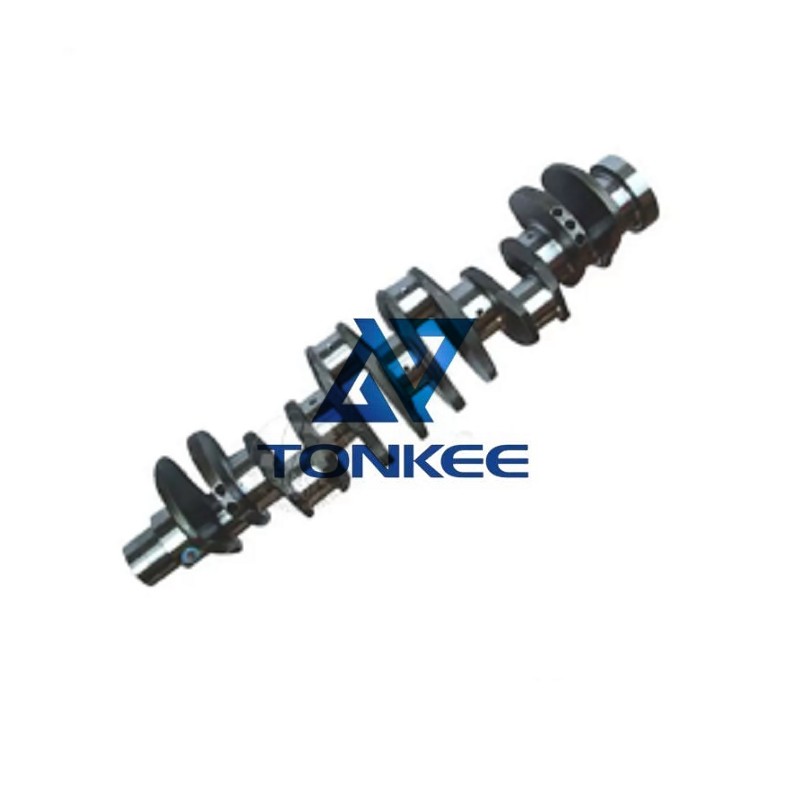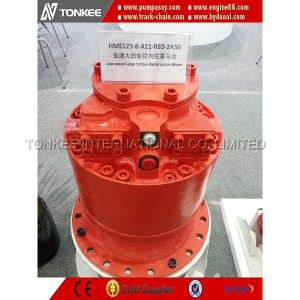
Material: The crankshaft is usually constructed from forged alloy steel, which provides exceptional strength and durability to withstand the high stress and load demands of heavy equipment applications.
Counterweights: To balance the rotational forces generated by the pistons and ensure smooth engine operation, the crankshaft is equipped with strategically placed counterweights. These counterweights help reduce vibrations and improve overall engine performance.
Main and Rod Journals: The crankshaft features multiple main and rod journals, which serve as contact points for the bearings. These journals are polished to high precision to reduce friction and wear between the crankshaft and the bearings.
Fillet Radius: The fillet radius refers to the rounded or curved sections connecting the various parts of the crankshaft, such as the journals and webs. This design feature enhances the crankshaft's strength and minimizes stress concentrations, increasing its longevity.
Gear and Pulley Attachments: The crankshaft may also have gear or pulley attachments to drive various engine accessories, such as the timing gears, water pump, and oil pump. These attachments ensure that the engine operates smoothly and efficiently.
Surface Coating: Some crankshafts may receive surface treatments or coatings to enhance corrosion resistance and reduce friction, further improving the engine's performance and longevity.
Importance of the Crankshaft:
The crankshaft is often considered the heart of the engine, as it plays a fundamental role in converting the linear motion of the pistons into the rotational force that powers the excavator.
Here are some key reasons why the crankshaft in the Cummins QSM11 is of utmost importance:
Power Generation: The crankshaft is responsible for converting the reciprocating motion of the pistons into a continuous rotary motion, which is used to drive the excavator's tracks or hydraulic systems. It directly influences the engine's power output.
Engine Balance: The crankshaft's counterweights are crucial for balancing the engine's rotating assembly, reducing vibrations, and ensuring smooth operation. Proper balance is essential for the longevity of the engine and the comfort of the machine's operator.
Durability: The high-stress environment of heavy machinery applications demands a robust and durable crankshaft. The Cummins QSM11 crankshaft, typically made of forged alloy steel, is designed to withstand these demanding conditions.
Precision and Efficiency: The quality of the crankshaft's machining and the precision of its journals and fillet radii directly impact the engine's efficiency. A well-constructed crankshaft reduces friction and maximizes power transfer.



 English
English Русский язык
Русский язык




